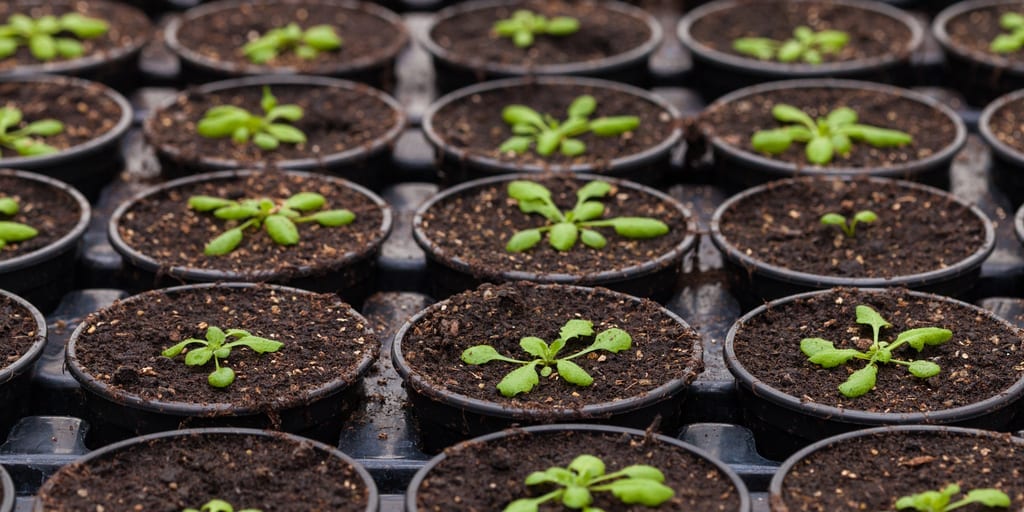
For decades, the US Department of Agriculture’s (USDA’s) Animal and Plant Health Inspection Service (APHIS) has evaluated a subset (about 2 percent) of the plants-for-planting material (cuttings, tissue culture, and bare-root) offered for import for insect pests, diseases and weed seeds.
However, some in the floral industry, including SAF, have argued that not all material should be treated the same and that some forms (i.e., cuttings) are inherently lower risk due to how they are produced and due to the existing safeguards that are in place.
Last year, USDA announced that it would be moving toward a risk-based sampling approach that would consider the plant genus in combination the country of origin. Depending on a history of pest and disease finds, USDA would group these plants into low, medium and high risk pools where the sampling for pest and disease intensities would vary significantly based on the risk pool into which a shipment fell.
The approach was complicated because the industry typically ships plants of mixed genera and species and these plants rarely fall into one risk pool. Therefore, USDA would inspect that lot at the highest risk pool reflected by the plant genus and country combination.
USDA has announced that it has changed its approach once again. Over the past year and after an intensive data gathering effort, USDA has found that a better indicator of risk is the plant form combined with country of origin, just as SAF had argued for years. Initial implementation will likely provide low-risk (low intensity) inspections for tissue cultured material with adjustments being made depending on the country of origin. Bareroot material will likely receive the greatest scrutiny and have more boxes sampled per-shipment than in previous years.
APHIS noted that: “Importers may notice changes in the number of samples selected for inspection at Plant Inspection Stations. For example, PPQ officers may pull fewer samples when inspecting commodities from countries that consistently have few or no pest problems. When inspecting commodities from countries that have more frequent pest problems, officers may pull more samples. When PPQ does not have sufficient risk data about a plant commodity, PPQ officers will sample at the highest rate until they collect enough data to make a statistically sound decision about its risk level.”

